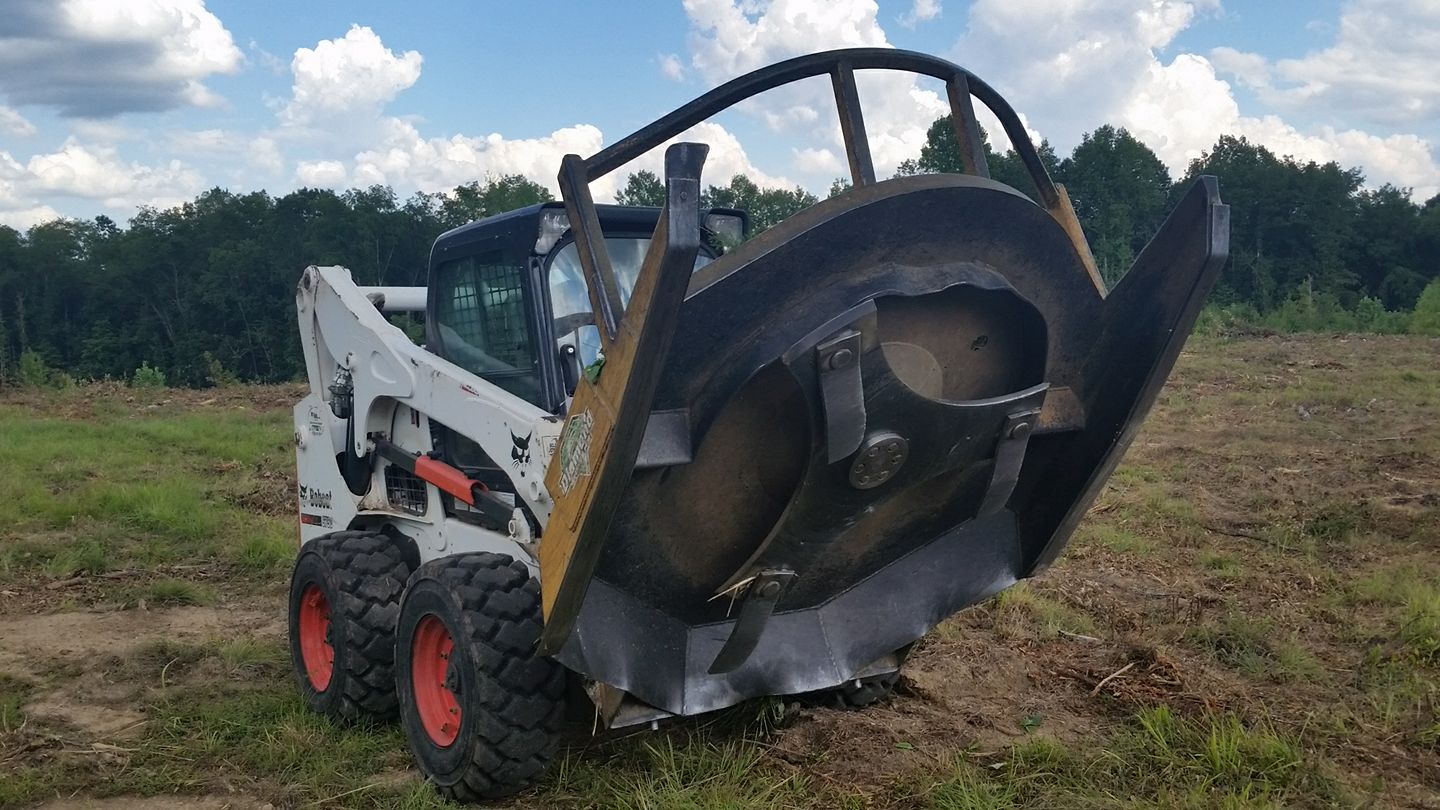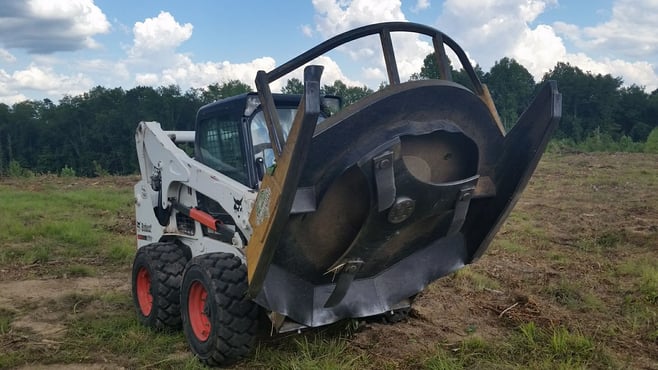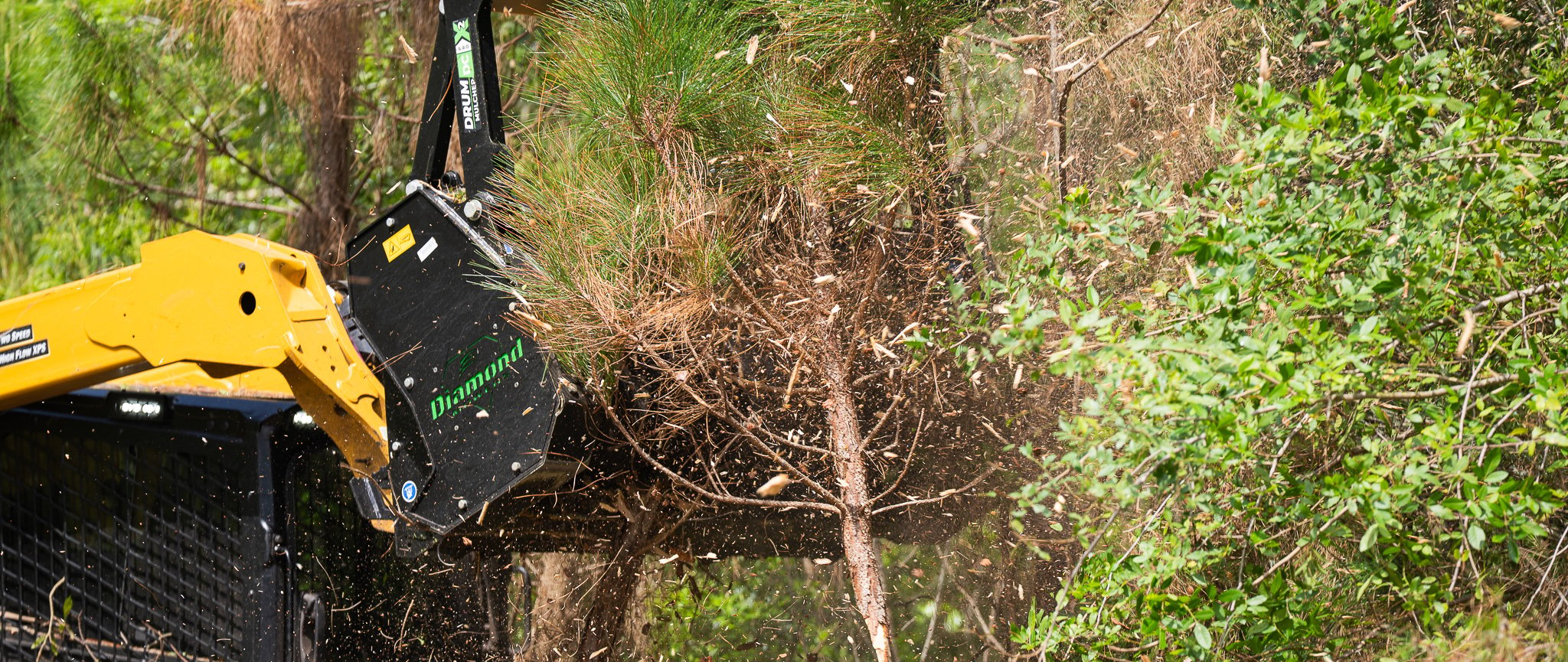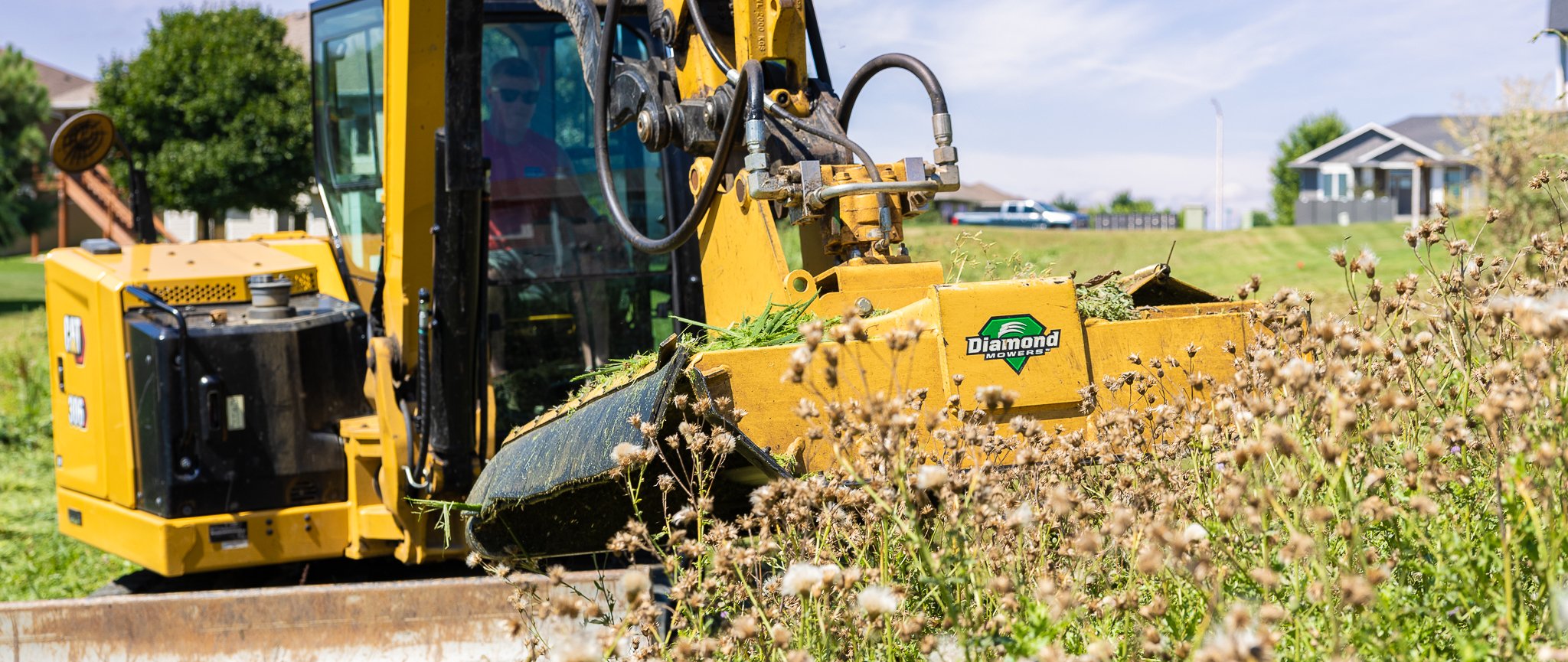Top Five Things to Inspect on a Skid-Steer
Jun 20, 2017 . 1 min read

 Running equipment can be expensive. Keep your costs down, increase productivity and profit, and extend the longevity of your equipment by following a few steps.
Running equipment can be expensive. Keep your costs down, increase productivity and profit, and extend the longevity of your equipment by following a few steps.
Keep Equipment Clean
- Clean branches, grass, and mulch off of the deck surface daily. This makes it easier to identify hydraulic leaks and prevents rust by allowing moisture to evaporate.
- Clean debris from the pivot points of the loader arms. Material allowed to pack in these pivot points will stress the pins and wear bushings faster.
- Clean dust and debris from the skid-steer radiator, coolers, and filters. A free breathing machine will perform better, be less likely to overheat, and reduce the chance of engine fire.
- Clean windows to improve visibility.
Change Fluids
- A Diamond mulcher requires an oil change once a year or every 500 hours
- Engine and hydraulic oil should be changed according to their manufacturer's schedule – most often every 100 to 500 hours.
Grease
- Diamond Skid-Steer Rotary Mowers and Forestry Mulchers with greaseable spindles require 10 pumps of #2 lithium grease in each of the two grease fittings every 500 hours or once a year.
- The skid-steer carrier will have grease fittings on all of the pivot points of the loader arms in addition to other places. See the operator's manual for specifics on a particular model.
Keep Blades & Teeth Sharp
- Forestry Mulcher teeth cut most efficiently when they are sharp. Stay productive by following a tooth maintenance plan that includes sharpening, rotating, and replacement.
- Rotary Mower blades can get cracked, dull, and worn over time. Diamond does not recommend sharpening rotary blades because it can alter the balance of the disc. Replace blades as a complete set after they've become 50% worn from original width.
Daily Inspection
- A thorough, daily inspection of the skid-steer and attachment will help identify problems before they become catastrophic.
- Check for hydraulic leaks, cracks and bends, loose or missing bolts, and track/tire condition.
For more answers to common maintenance questions visit Tech Tips.
Similar Posts
Celebrating a Quarter Century of Diamond Mowers!
Choosing the right mulching teeth can make or break your land-clearing job. Discover how Diamond Mowers’ optio…
Summer is a prime time for land-clearing pros to take on high-paying jobs like tall grass mowing, brush remova…




